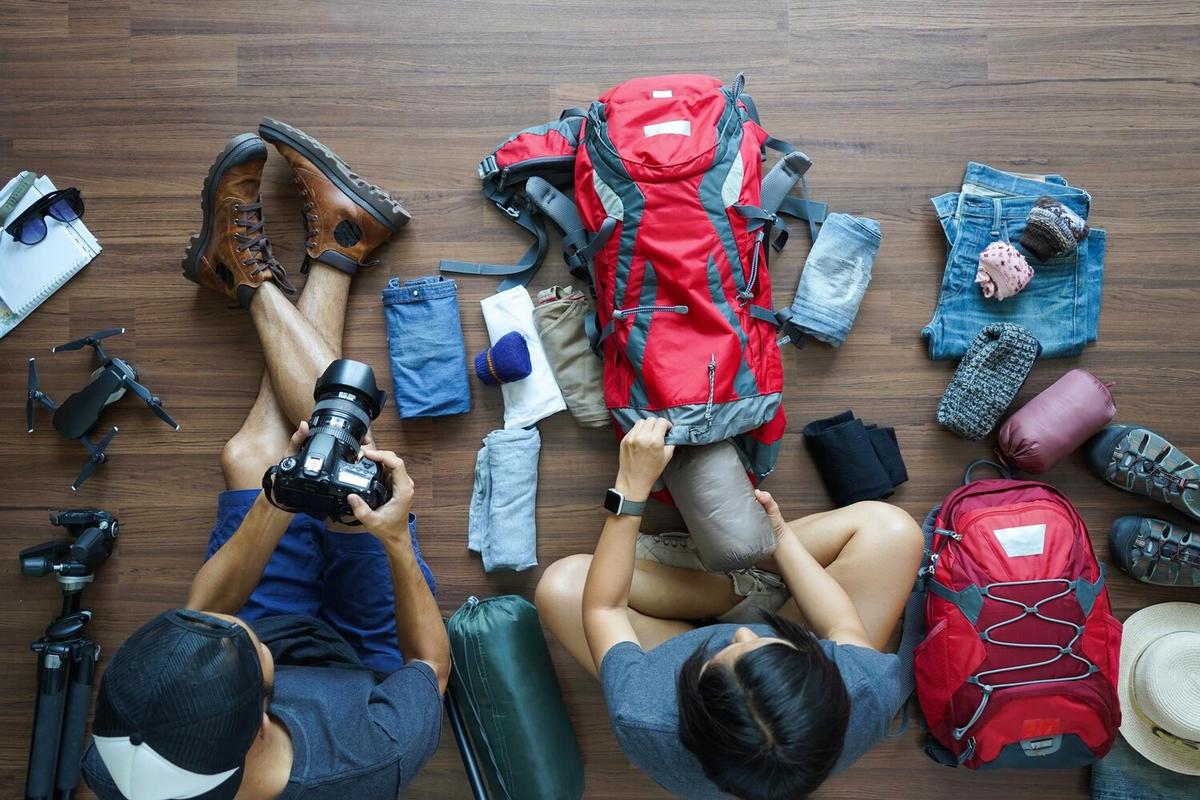Embarking on an adventure through some of the top trails and national parks can be an enriching and thrilling experience. However, even the most seasoned travelers can make mistakes that could dampen their journey. Here, we delve into common pitfalls to avoid to ensure your outdoor escapade is nothing short of spectacular.
Preparation is Key
Before setting foot on any trail or entering a national park, thorough preparation is essential. According to the National Park Service, inadequate preparation is one of the primary causes of mishaps in national parks. Researching the specific requirements and conditions of your destination can save a lot of trouble down the road.
Pro Tip
Always check the weather forecast and trail conditions before your trip. Sites like NPS Trails provide updated information.
Packing Smartly
One of the most frequent mistakes travelers make is improper packing. Carrying either too much or too little can pose significant problems. The American Hiking Society recommends a balanced approach to packing, ensuring you have the essentials without overburdening yourself.
Pro Tip
Use a packing checklist that includes items like a first-aid kit, sufficient water, high-energy snacks, a map, and a multi-tool for unexpected situations.
Respecting Wildlife and Nature
Another critical aspect of visiting trails and national parks is respecting the environment and wildlife. The Leave No Trace Center for Outdoor Ethics emphasizes the importance of minimizing human impact on natural areas. This means staying on designated paths, not feeding wildlife, and packing out all trash.
Personal Anecdote
During a trip to Yellowstone, I witnessed a family feeding a bear from their car window. This dangerous behavior not only put them at risk but also jeopardized the bear’s well-being. Remember, wildlife should remain wild.
Staying on the Path
Venturing off marked trails can be tempting but is highly discouraged. Straying from the path can lead to getting lost or inadvertently damaging fragile ecosystems. The Appalachian Trail Conservancy reports that staying on marked trails is crucial for both personal safety and environmental preservation.
Hydration and Nutrition
Dehydration and lack of proper nutrition are common issues for hikers. According to the Mayo Clinic, it’s essential to drink plenty of water and eat energy-boosting snacks to maintain stamina. Dehydration can lead to severe health complications, especially in remote areas without quick access to medical help.
| Item | Importance |
|---|---|
| Water | Essential for hydration |
| First-Aid Kit | Handling minor injuries |
| Map | Navigation |
| High-Energy Snacks | Maintaining energy levels |
| Multi-Tool | Handling unexpected situations |
| Sun Protection | Preventing sunburn |
| Rain Gear | Staying dry |
| Flashlight | Illumination in dark |
Understanding Park Rules and Regulations
Every national park has its own set of rules and regulations designed to protect both visitors and the environment. Ignoring these guidelines can result in fines or even being banned from the park. Information on specific park regulations can usually be found on the official park website.
FAQ Section
Frequently Asked Questions
What should I do if I encounter wildlife?
Maintain a safe distance and do not attempt to feed or touch the animals. Use binoculars or a zoom lens for a closer look.
How can I find out about trail conditions?
Check the official park website or contact the visitor center for the latest information on trail conditions and closures.
Is it safe to hike alone?
While solo hiking can be a rewarding experience, it’s safer to hike with a partner. If you do hike alone, inform someone of your plans and expected return time.
Conclusion
By avoiding these common mistakes, you can enhance your experience and ensure a safe and enjoyable adventure in the great outdoors. The key is preparation, respect for nature, and adherence to park guidelines. Now, lace up those hiking boots and get ready to explore the wonders of our national parks!




Leave a Reply